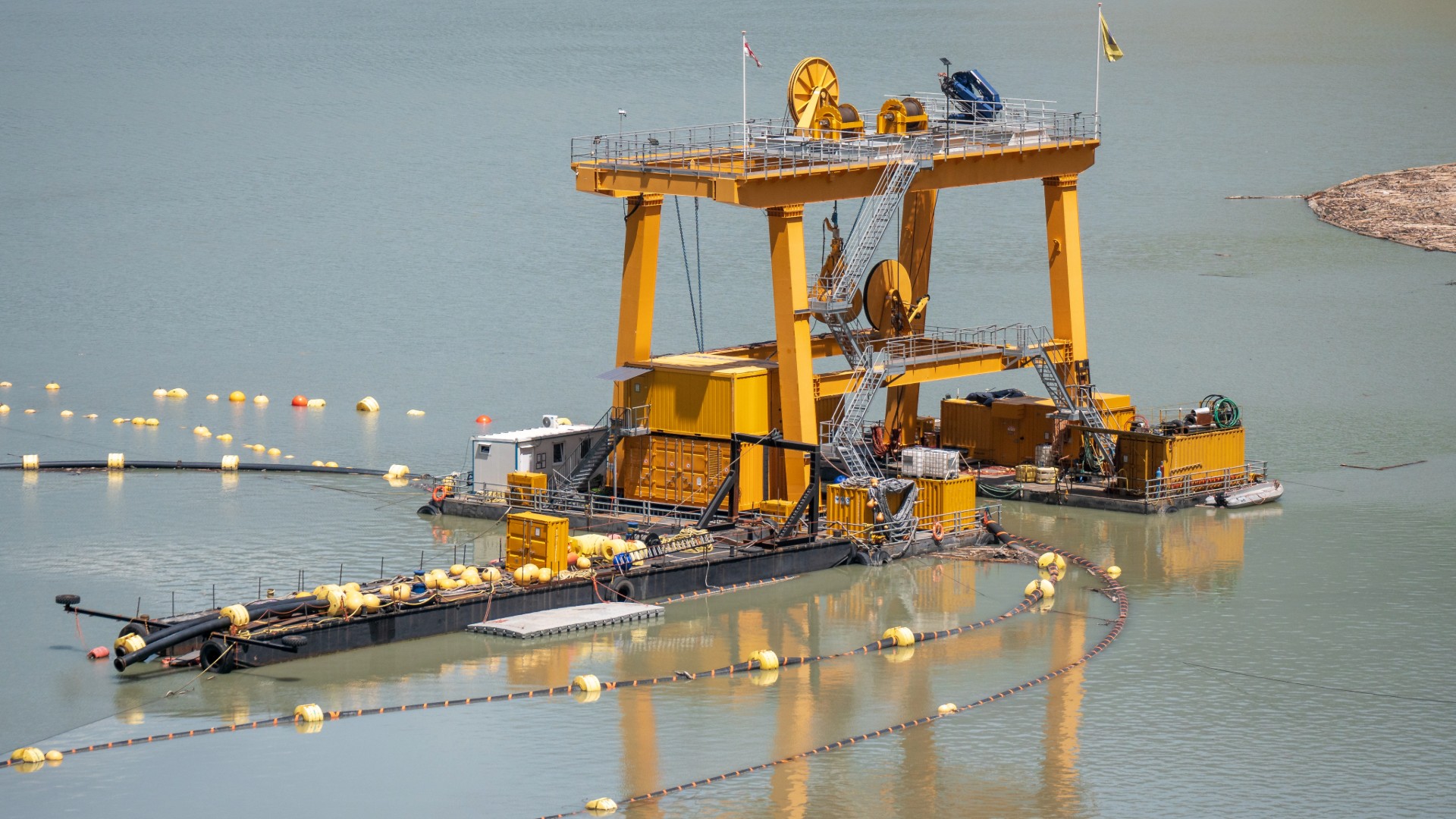
Dredging projects play a vital role in maintaining, deepening, and restoring the health and functionality of waterways worldwide. From clearing navigation channels and harbors to restoring lake ecosystems and managing flood-prone areas, these projects are essential to both infrastructure development and environmental sustainability.
Whether the goal is to improve navigability for commercial shipping, mitigate the risk of flooding in urban zones, or support environmental restoration in delicate habitats, the success of dredging projects depends on several critical factors. These include conducting accurate feasibility studies, ensuring regulatory compliance, selecting the appropriate dredging method, and ensuring that project execution aligns with environmental and safety standards.
The process involves much more than simply removing sediment—it’s a complex operation that requires a combination of engineering expertise, modern dredging equipment, environmental planning, and stakeholder coordination. From small-scale lake cleanups to large-scale dredging projects for ports and rivers, the planning and execution phases must be strategically managed for long-term success.
At Pump Enterprise, we specialize in guiding clients through the entire lifecycle of dredging projects—from initial concept and environmental assessments to design, bidding, execution, and final post-dredging evaluations. Whether you’re preparing for a municipal project, bidding on a major waterway contract, or planning a localized effort like the Nugget Lake dredging project, our experienced team is ready to support you with data-driven insights and industry best practices.
This detailed guide outlines every stage of a successful dredging initiative, providing practical knowledge, proven methodologies, and actionable steps to ensure that your dredging project not only meets regulatory and operational goals but also delivers long-term value to communities and ecosystems.
Understanding the Scope of Dredging Projects
Before execution begins, stakeholders must clearly understand the scope, goals, and site conditions of their dredging projects. These operations typically involve removing built-up sediment—such as sand, silt, or clay—from lakes, rivers, ports, harbors, and reservoirs to restore depth and functionality.
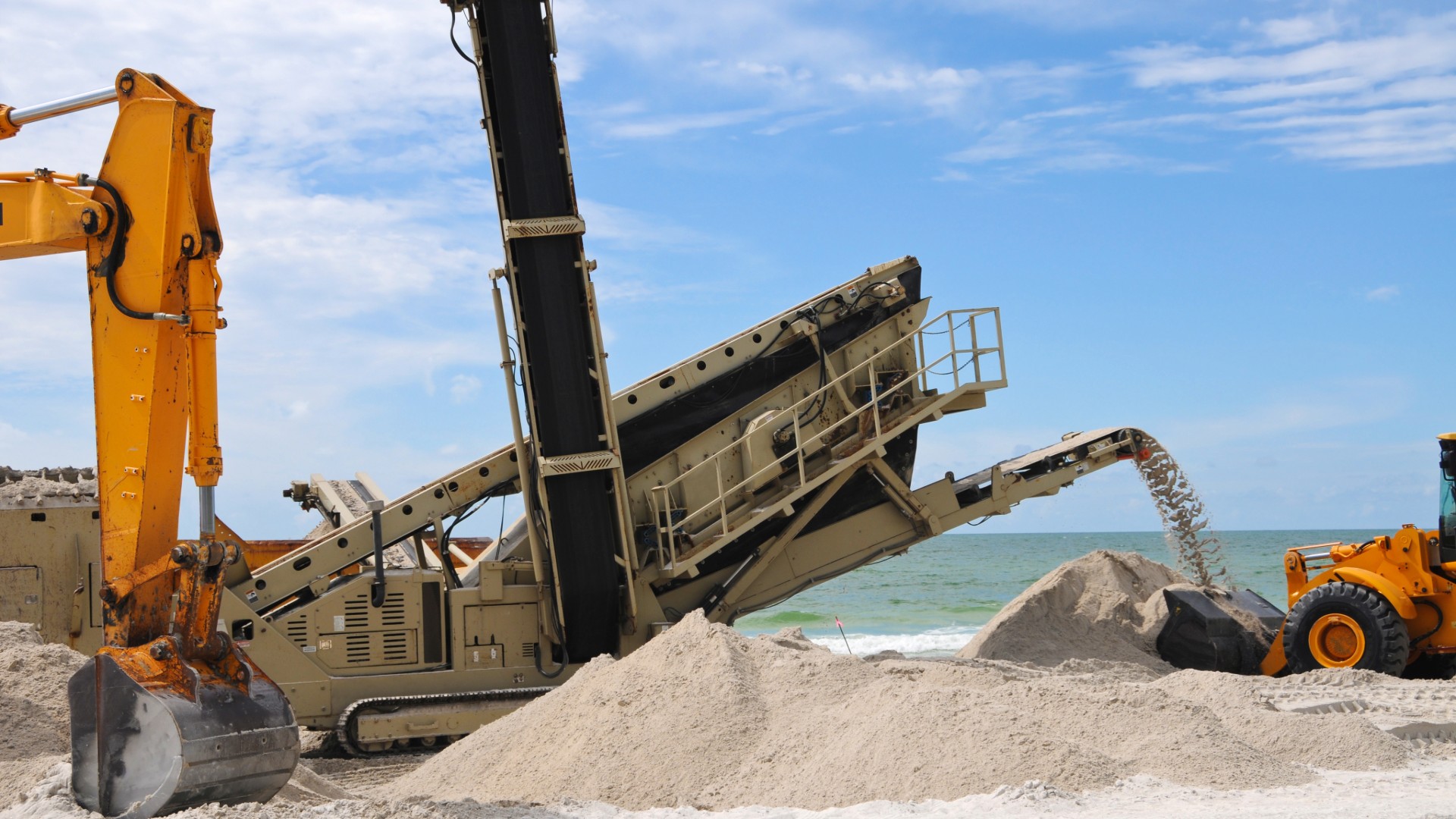
Dredging projects usually fall into two categories:
- Capital dredging involves creating or deepening waterways to support vessel traffic, marine construction, or port expansion.
- Maintenance dredging restores the original depth to ensure navigational safety and maintain optimal infrastructure performance.
- Each dredging project may focus on objectives like flood control, waterway access, ecosystem restoration, or construction support. These goals guide key decisions on method selection, equipment use, and environmental protections.
Early scoping is essential for budgeting, planning, and regulatory approvals. It also ensures project clarity when preparing dredging projects for bid. For instance, the Nugget Lake dredging project benefited from a well-defined scope that shaped equipment needs and sediment handling strategies.
Proper scoping helps ensure that dredging projects remain compliant, efficient, and environmentally sustainable, making it a crucial first step in their successful execution.
Feasibility Study and Initial Assessment
Every successful dredging operation starts with a solid foundation: a thorough feasibility study. This initial phase includes:
- Bathymetric surveys to map underwater terrain.
- Sediment sampling to understand material composition.
- Environmental assessments to identify ecological impacts.
- During the Nugget Lake dredging project, for example, early surveys revealed high concentrations of organic sediment, prompting changes in equipment selection and disposal strategy. These kinds of assessments help stakeholders make informed decisions about project viability and design.
Feasibility studies also outline logistical concerns, such as access roads, staging areas, and seasonal limitations, ensuring that risks are identified well in advance.
Regulatory Approvals and Permits
All dredging projects must meet a range of legal and environmental regulations at the local, state, and federal levels. Obtaining permits is essential not only for legal compliance but also to protect aquatic ecosystems, maintain water quality, and ensure public trust.
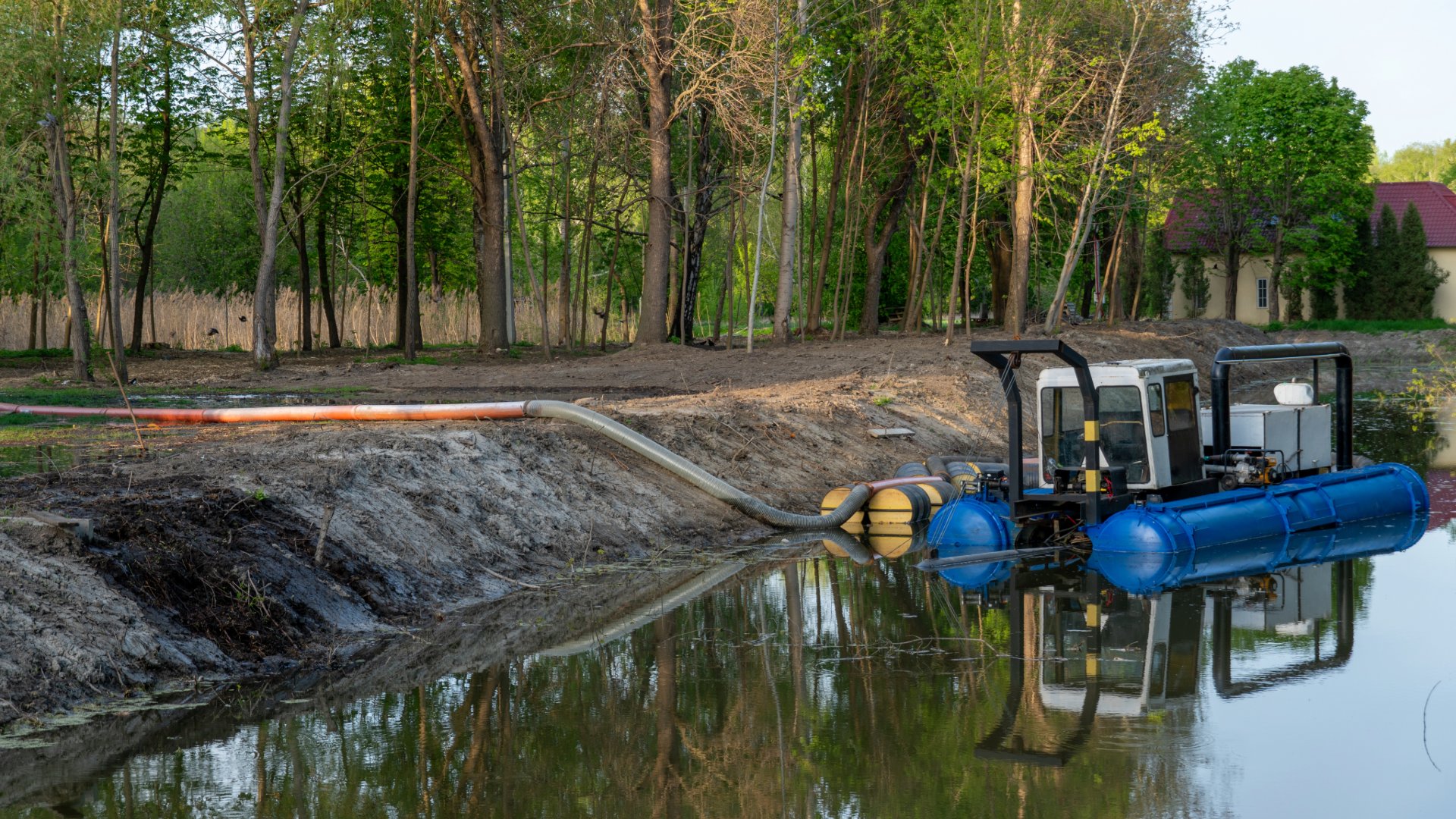
Most dredging projects require:
- Environmental impact assessments
- Water quality certifications
- Approval for the disposal or reuse of dredged materials
- Stakeholder notifications and public engagement
- Permits vary depending on the project’s location, size, and environmental sensitivity. For competitive dredging projects for bid, missing or delayed permits can stall timelines and increase costs.
Early planning is critical. At Pump Enterprise, we help streamline the permitting process by coordinating with relevant agencies, preparing necessary documents, and ensuring that environmental standards are met.
In sensitive cases—such as the Nugget Lake dredging project—permits shape methods, schedules, and sediment handling to minimize ecological disruption.
Understanding the permitting process is vital to the success of all dredging projects. It supports compliance, environmental protection, and smooth project execution from start to finish.
Designing the Dredging Project
Once feasibility is established and permits are in place, the next step is to translate ideas into action through detailed design planning. This includes:
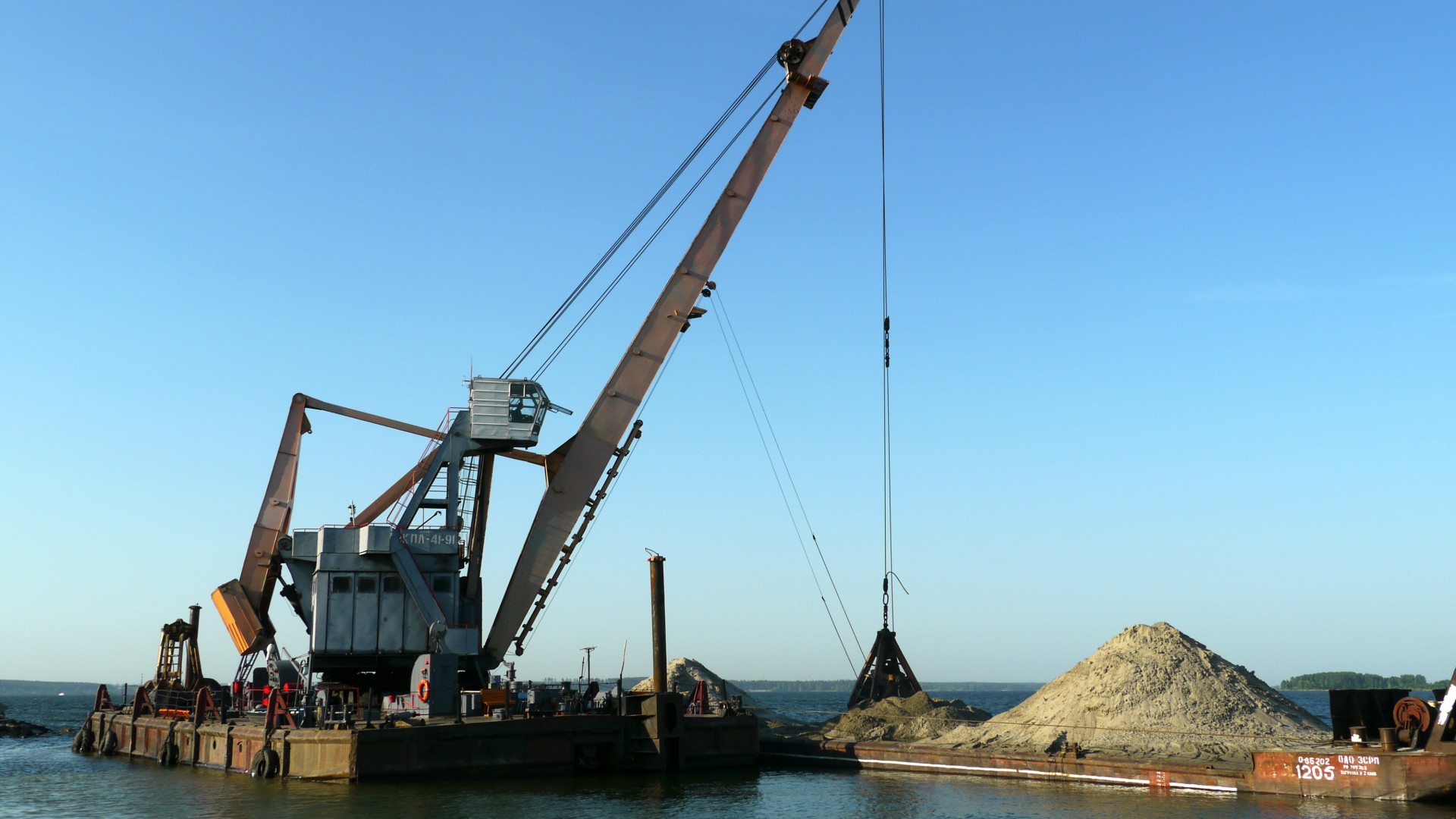
- Dredging method selection (e.g., mechanical, hydraulic, or hybrid).
- Pipeline and equipment layouts.
- Sediment containment and disposal strategies.
- Operational timeline and crew planning.
- Designs must factor in both technical and environmental constraints, striking a balance between efficiency and ecosystem protection. For instance, hydraulic dredging may be preferred for its lower turbidity and faster output in projects near fish-spawning areas.
Cost estimation, equipment logistics, and performance metrics are integrated into the design stage to ensure clear execution targets and resource allocation.
Tendering and Selecting Contractors
For large-scale dredging projects, the tendering phase is a crucial step that lays the foundation for a successful execution. Especially in public and government-funded dredging projects for bid, the quality and clarity of the tender document can significantly impact contractor participation and bid competitiveness.
A well-prepared bid package should include:
- A detailed scope of work covering all technical and environmental requirements
- Clear expectations around environmental safeguards and safety protocols
- Defined milestones, deadlines, and scheduling constraints
- Performance metrics, quality benchmarks, and any associated penalties
- When reviewing bids, stakeholders assess each contractor based on experience with similar dredging projects, equipment capabilities, regulatory compliance history, and overall cost-effectiveness. For projects like the Nugget Lake dredging project, contractor familiarity with sensitive environments may also be a deciding factor.
Maintaining transparency throughout the evaluation process helps prevent disputes and builds trust with both contractors and regulatory agencies. It also ensures that the most qualified team is selected—one that can complete the dredging project safely, efficiently, and within scope.
At Pump Enterprise, we assist clients in drafting strategic tender documents that attract high-performing contractors. Whether preparing documentation for small lake dredging efforts or large-scale dredging projects for bid, our goal is to position every project for long-term success right from the start.
Mobilization and Pre-Dredging Activities
Mobilization is the stage at which physical preparations for dredging projects begin. This includes transporting and setting up dredging equipment, preparing staging areas, and coordinating logistics such as:
- Barges and boosters for hydraulic dredging
- Access points for trucks or cranes
- Fuel and maintenance infrastructure
- On-site safety training
- Clear communication with local stakeholders during mobilization can prevent disruptions in large-scale dredging projects for bid. Community briefings, signage, and a project hotline are effective tools for maintaining transparency throughout the dredging process.
Pre-dredging surveys are also repeated during this phase to confirm baseline conditions and align expectations with actual site data. In sensitive operations, such as the Nugget Lake dredging project, early mobilization efforts played a crucial role in ensuring the safe and efficient execution.
Execution and Monitoring
Execution is the core operational phase of all dredging projects, the point where planning is transformed into physical results through the active removal of sediment. This stage requires coordination between technical crews, equipment operators, environmental monitors, and project managers to ensure that the work proceeds safely, efficiently, and in accordance with environmental and regulatory guidelines.
Depending on the project type, sediment characteristics, and site conditions, contractors may deploy a range of specialized equipment, including clamshell dredges, cutter suction dredgers, hopper dredgers, or auger dredge systems. The choice of dredging equipment has a significant impact on production rates, sediment control, and environmental outcomes.
Regardless of the method used, every dredging project must focus on three key performance areas:
- Consistency: Meeting daily production targets is essential to stay on schedule and within budget. This includes maintaining continuous dredge cycles, effectively managing sediment transport, and minimizing operational downtime.
- Safety: Adhering to OSHA standards and marine safety protocols is critical. Crews must be trained in equipment handling, emergency procedures, and hazard recognition, especially in confined or high-traffic water zones.
- Environmental responsibility: Turbidity levels, underwater noise, and wildlife activity must be constantly monitored and managed. Projects near protected ecosystems or urban shorelines require additional safeguards to prevent unintended ecological impacts.
- Modern dredging projects rely heavily on technology for both execution precision and real-time performance validation. Advanced monitoring tools, including GPS-based dredge positioning systems, sonar bathymetry, and automated turbidity sensors, are utilized to ensure accuracy and compliance. These systems enable operators to adjust in real-time, preventing over-dredging or exceeding environmental thresholds.
At Pump Enterprise, we support our clients with fully integrated, cloud-based dredging dashboards that enable 24/7 performance tracking. These platforms consolidate sensor data, equipment metrics, and production reports into a single, accessible interface. Project stakeholders can monitor progress remotely, receive alerts, and make informed decisions without delay. This not only improves efficiency but also enhances collaboration between owners, contractors, regulators, and environmental consultants.
In large-scale dredging projects, such as those being bid on or in sensitive environments like the Nugget Lake dredging project, real-time data is especially important. Monitoring tools help ensure compliance with permit conditions, protect natural habitats, and adapt dredging operations dynamically as on-site conditions evolve.
Effective execution and monitoring are what separate a successful dredging operation from a problematic one. When dredging activities are controlled, measured, and adaptive, the result is a safer job site, minimized ecological disruption, and a final product that meets both engineering and environmental goals.
Sediment Disposal and Reuse
Sediment disposal is a vital part of planning and executing dredging projects. Whether the goal is environmental protection or cost control, proper sediment handling directly influences project success.
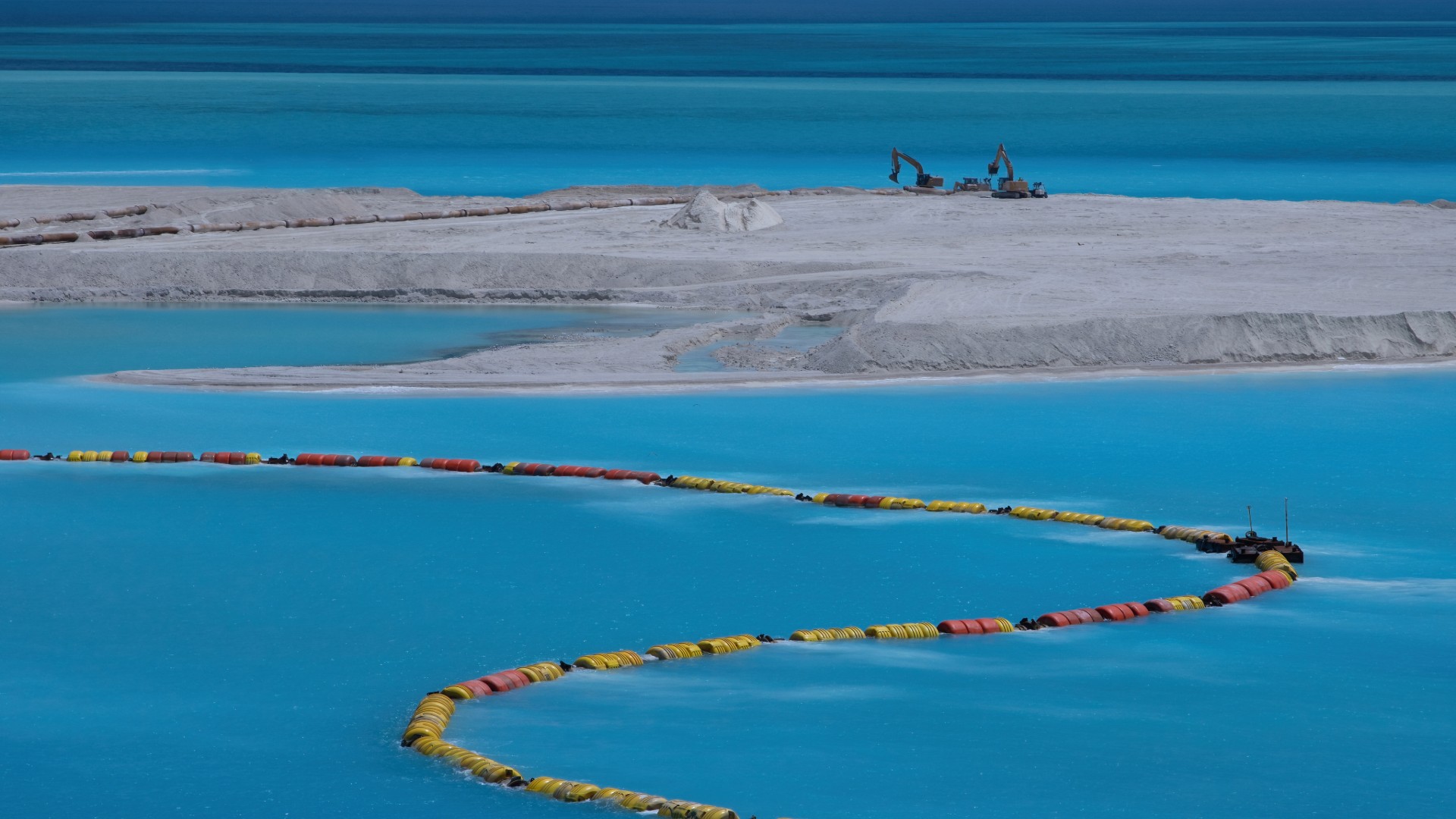
Disposal methods depend on material type and site regulations, and typically include:
- Onshore containment using geotextile tubes or settling basins
- Open-water disposal in pre-approved areas
- Beneficial reuse, such as in land reclamation or wetland restoration
- In the Nugget Lake dredging project, dredged material was dewatered and reused for parkland improvements—an example of how dredging projects can provide both environmental and community benefits.
For large-scale dredging projects for bid, early sediment testing and disposal planning are critical. Identifying reuse opportunities and securing permits in advance helps prevent delays and ensures compliance with regulations.
Planning was key in the Nugget Lake dredging project, where material testing and site classification were completed before mobilization. Similarly, in federally funded dredging projects for bid, early coordination reduces risks and streamlines approvals.
At Pump Enterprise, we help clients manage sediment from start to finish. From the Nugget Lake dredging project to complex dredging projects for bid, our goal is to ensure every dredging project ends with sustainable, compliant, and cost-effective outcomes.
Project Completion and Post-Dredging Evaluation
As dredging operations come to a close, the final phase begins: post-dredging evaluation and project closure. This critical stage ensures that all aspects of the dredging project have been completed in accordance with the original scope, environmental permits, and performance benchmarks.
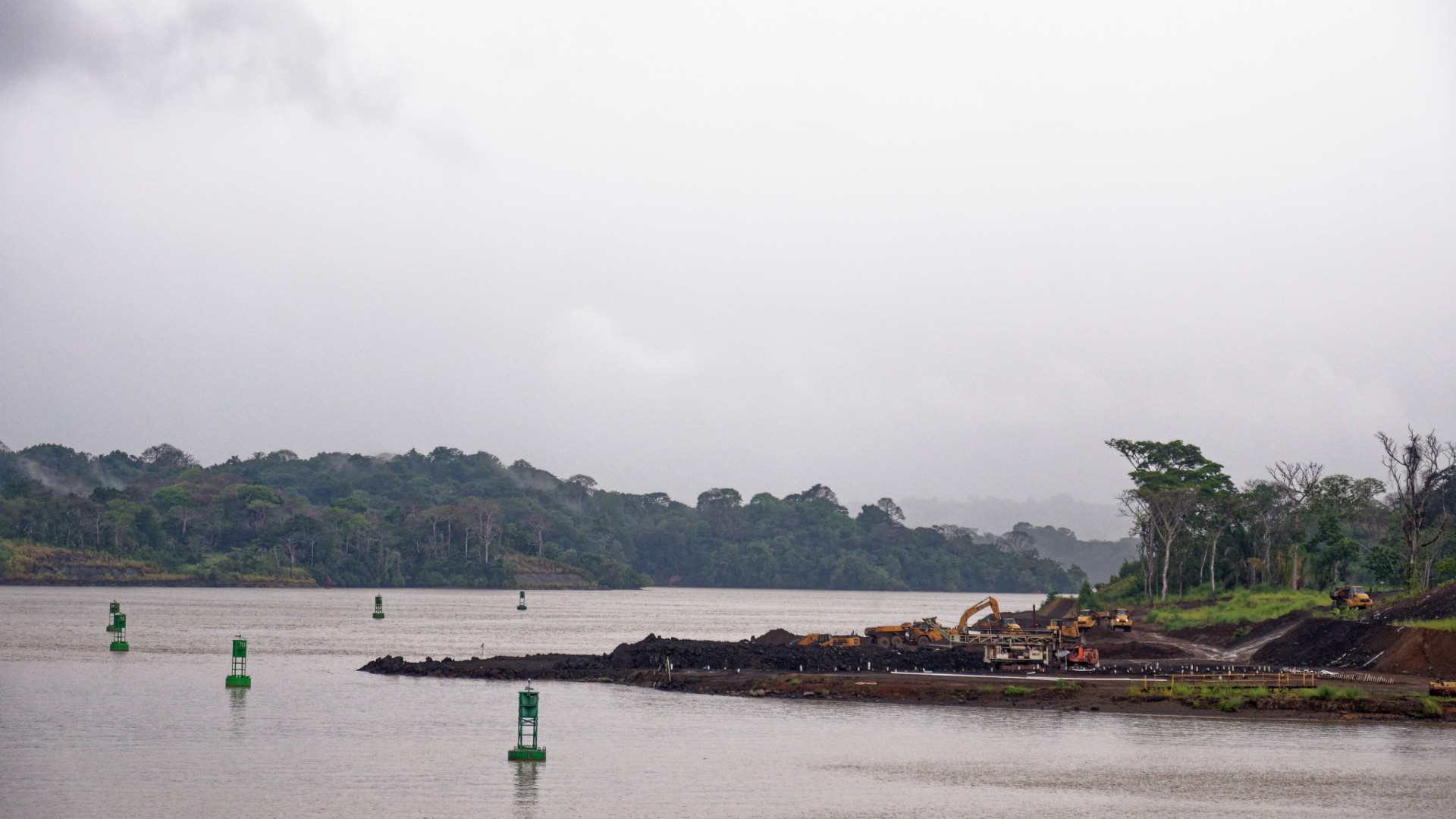
Key activities during this stage include:
- Verifying that depth and volume targets have been met based on design specifications
- Inspecting the shoreline and structural stability to ensure no erosion or damage has occurred
- Conducting turbidity, sediment quality, and water clarity tests to confirm environmental compliance
- Comprehensive documentation is created and archived—this includes as-built drawings, turbidity logs, GPS survey data, photographs, compliance records, and final project reports. These documents are submitted to regulatory agencies for closure approvals and serve as a reference for any future dredging work in the same location.
For many large-scale dredging projects for bid, such evaluations are required contractually and influence future contractor selection or funding opportunities. In smaller projects, such as the Nugget Lake dredging project, post-dredging assessments provided insight into habitat recovery and sediment settlement patterns.
Additionally, this phase is an opportunity to review lessons learned, identifying what worked well and where improvements could be made for future dredging projects. These insights support better planning and execution in similar environments or future maintenance cycles.
Long-term success also depends on proactive maintenance planning. Establishing a dredging interval—typically every 5 to 10 years—can help clients avoid unexpected sediment buildup, ensure continued navigability, and minimize costly emergency interventions.
At Pump Enterprise, we guide clients through every phase of dredging projects, including final evaluations and planning for ongoing maintenance. By closing out projects with precision and foresight, we help ensure that dredged waterways remain functional, compliant, and environmentally sustainable for years to come.
Best Practices That Define Successful Dredging Projects
From our experience managing and consulting on diverse dredging projects—including large-scale dredging projects for bid and smaller efforts like the Nugget Lake dredging project—we’ve identified key practices that consistently lead to success:
- Begin with a data-driven feasibility study to minimize scope changes and cost overruns.
- Engage community stakeholders early, especially in public, residential, or recreational projects involving dredging.
- Use modular, scalable dredging equipment that can adapt to varying site conditions and sediment types.
- Leverage real-time monitoring tools to optimize production and maintain compliance throughout all phases of dredging projects.
- Prioritize safety at every stage—from mobilization and sediment removal to transport and final decommissioning.
Applying these best practices helps ensure that dredging projects are completed efficiently, on schedule, and in full alignment with environmental and regulatory standards, delivering long-term operational and ecological benefits.
Partner with Pump Enterprise for Smarter Dredging Solutions
Dredging projects are complex undertakings, but with the right partner, they become manageable and rewarding. Pump Enterprise brings decades of technical knowledge, modern dredging equipment, and industry-proven methods to every project we support.
Whether you’re reviewing dredging projects for bid, exploring the feasibility of a new initiative, or looking to replicate the success of the Nugget Lake dredging project, our team is ready to help.
At Pump Enterprise, we deliver precision, performance, and sustainability in every dredging solution we offer.
Discover how expertise meets innovation—connect with us today

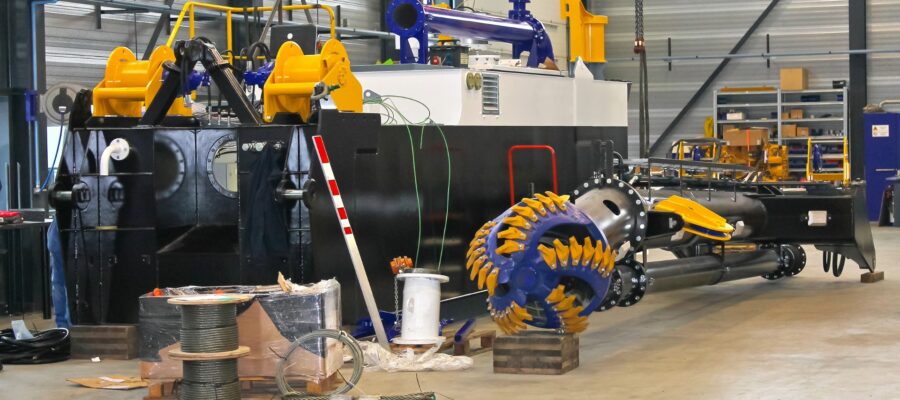

Post a Comment